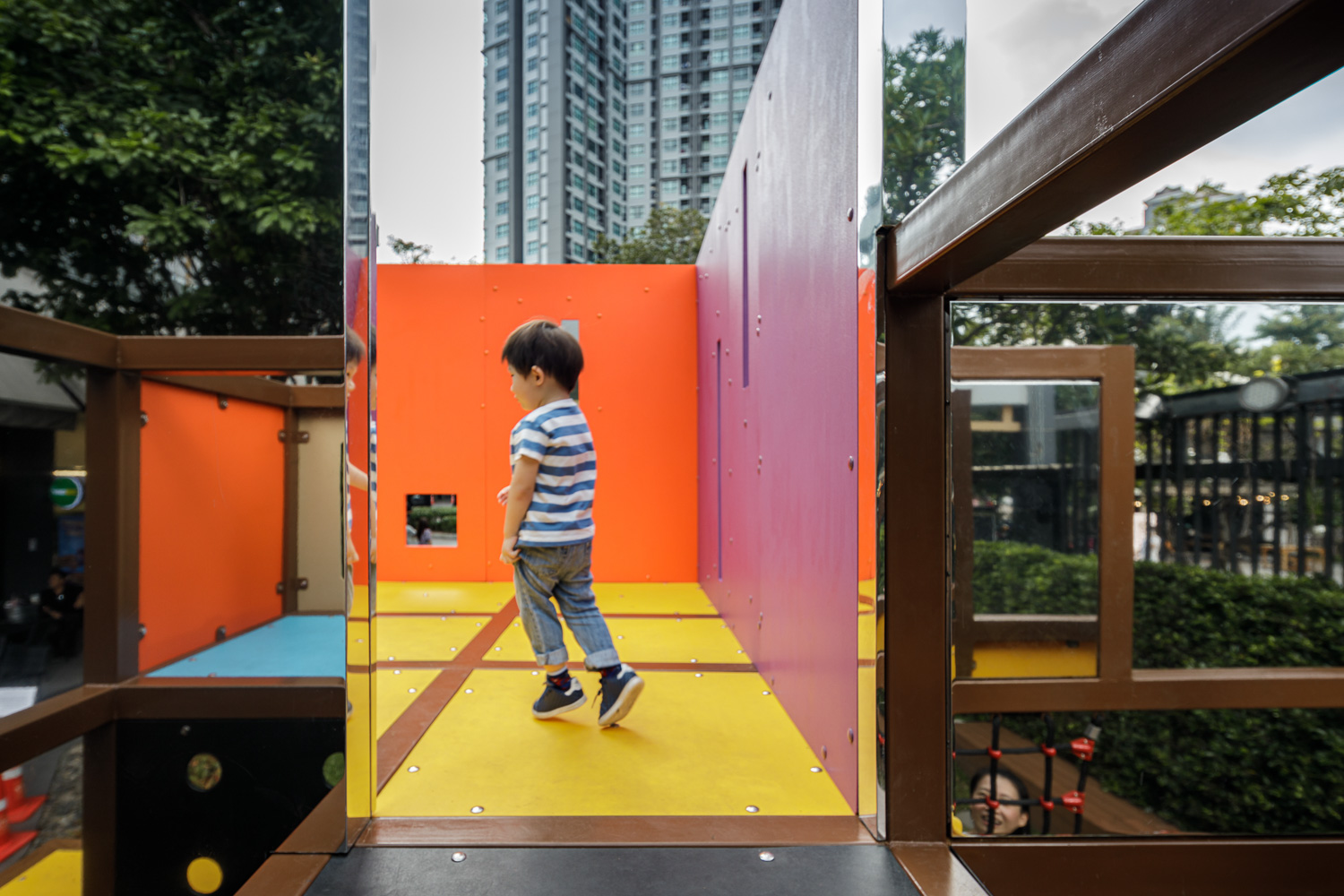A LANDSCAPE ARCHITECTURE DESIGN STUDIO, IS DEDICATED TO BALANCING GENTLE, ORGANIC TOUCHES WITH STRUCTURED, DEFINED ELEMENTS TO CREATE A SPACE THAT IS APPEALING TO MULTIPLE SENSES OF USERS
TEXT: VVDESINE LANDSCAPE ARCHITECTURE
PHOTO CREDIT AS NOTED
(For Thai, press here)
WHO
VVdesine Landscape Architecture is a landscape architecture design studio that is currently 12 years old, almost 13 years old, and was established by two founders whose names begin with the letter V. The first V is Vichittrarat Chaloisap or Sine, whereas the second V is Vongvasu Chaloisap or Art. We separate the work into two sections, representing each core of landscape architecture. Together, we are dedicated to balancing Sine’s gentle, organic touches with my structured, defined elements. Our goal is to create an outdoor space that is both harmonious and engaging, offering users an exceptionally enriching experience.
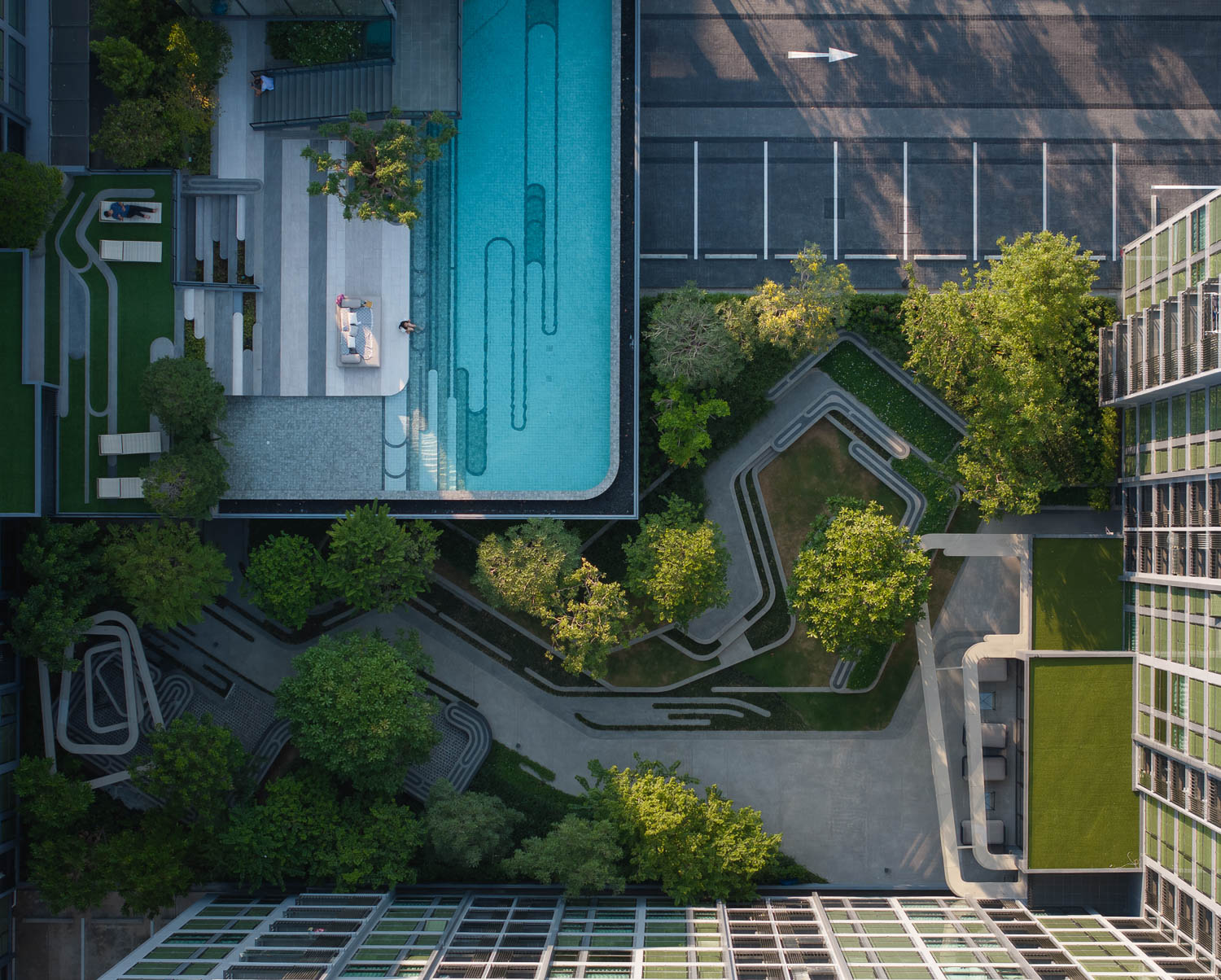
Photo: Rungkit Charoenwat

Photo: Rungkit Charoenwat
WHAT
We are a small studio that enjoys playing big in designs of all scales.
WHEN
VVdesine began 12 years ago with a single Sony VAIO laptop computer, which we carried in the bag with both confidence and uncertainty. Our confidence originates from our skills, which we develop over time and through experience. The most significant concern we had was the uncertainty of whether we will get jobs or customers because our office was still in its early stages.
We would like to take this opportunity to thank all of the customers and elders in the design industry who have trusted us and allowed us to generate fantastic work for the past 12 years. It has been as exciting as riding a roller coaster every single time.
WHERE
Wherever humans and nature coexist.

Photo: Rungkit Charoenwat
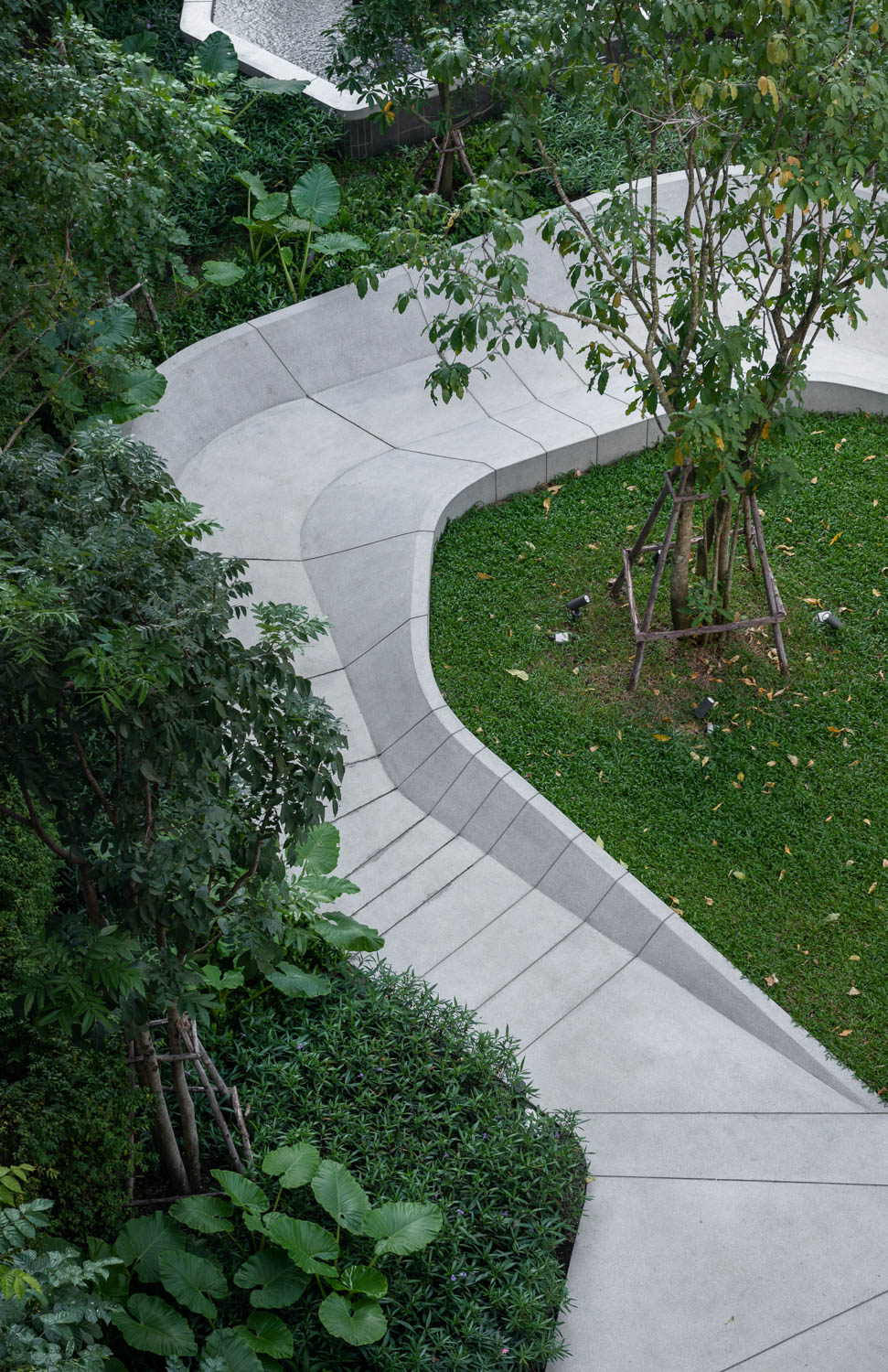
Photo: Panoramic Studio
WHY
VVdesine is based on enjoyment, and in this case it has many dimensions, including both fun and dedication to work, fun wiping away tears from pressuring ourselves and the team to dare to break away from the old ideas that we have used before.
Finally, we have enjoyment while also being inspired to create an ideal outdoor environment where humans and nature can live together. This is like an inspirational force that prepares us to be excited about new work as we continue to progress.
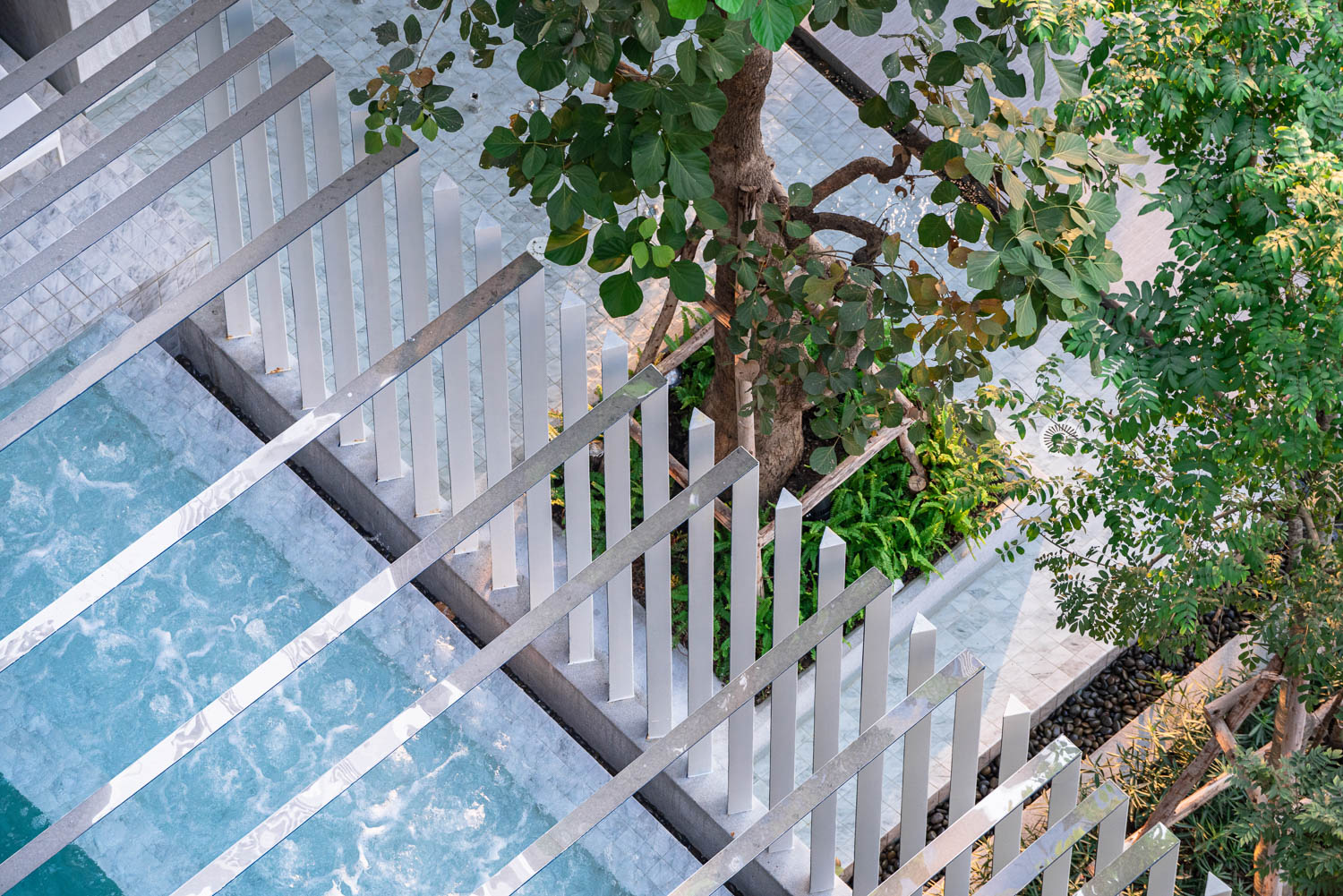
Photo: Metipat Prommomate
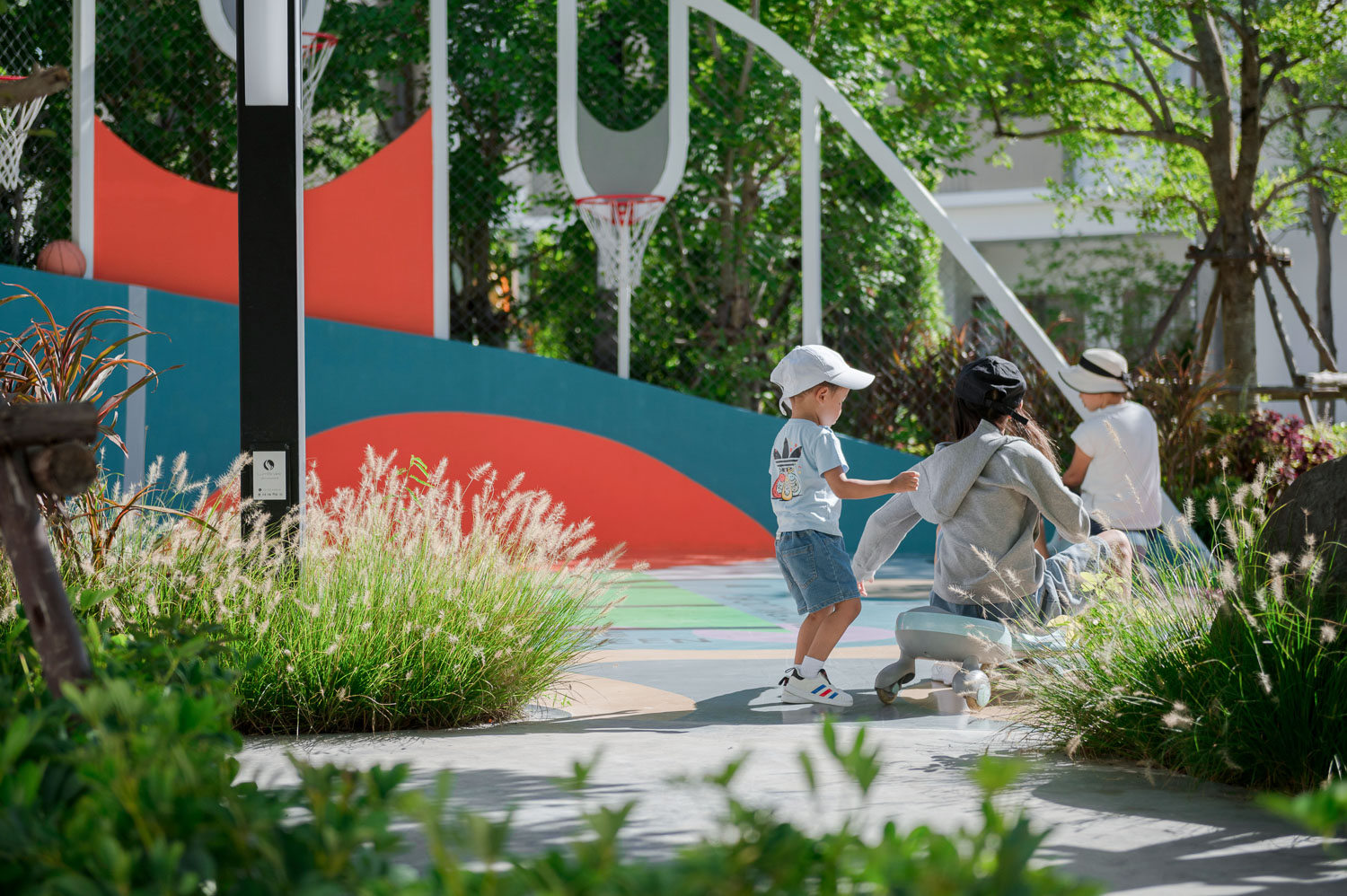
Photo: Panoramic Studio
How would you describe your work?
It’s a question we have never been able to definitively answer. It’s really difficult to find an answer. But, if we were to fully define it, we would say that our work ‘must be clear’ on the message we aim to express. Everything must align with the project’s concept and storyline, including what we are doing, the purpose, and for whom, and the results must always be declared and clear.

Photo: Panoramic Studio
What is your inspiration and guiding principle for each creation?
The design language of both hardscape and softscape elements should be clear and engaging, appealing to multiple senses. This includes providing shade, the soothing sound of wind, the subtle scent of plants, and the textures of various plants should complement the intriguing lines of the hardscape. Our designs are crafted to be functional and responsive to usage, with a focus on a clear design language that reflects our conceptual storytelling. Each project is intended to create a distinctive identity and a compelling visual experience for users.
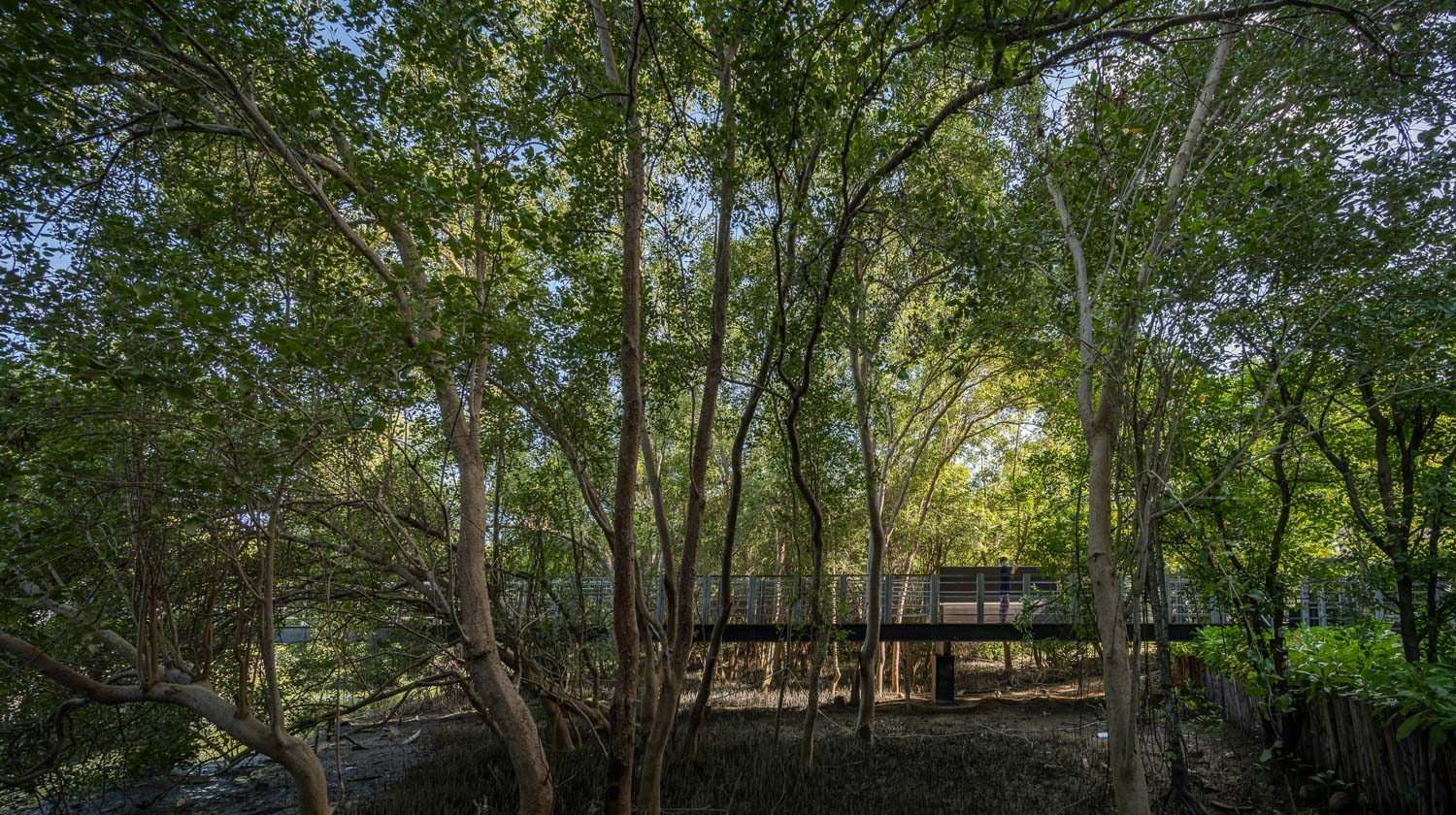
Photo: Rungkit Charoenwat
What project are you most proud of?
Ninja House, because it is a project that led us to two previously undiscovered territories. The first territory was that this project allowed us to design a space specifically for children, which demands an enormous amount of thought. Our eldest daughter, VVille, became our design consultant on behalf of fun, interest, appeal, and to understand children’s play behavior firsthand. It was as if we had received a brief from her and blended it with research on various ninjas and safety regulations to create Ninja House, a playground where children continue to play today.
The second territory was when a small project like Ninja House expanded our horizons internationally by receiving design awards from many countries, which we were very excited about because it shows that our ideas and work are being seen by people on a global scale, which we never expected.
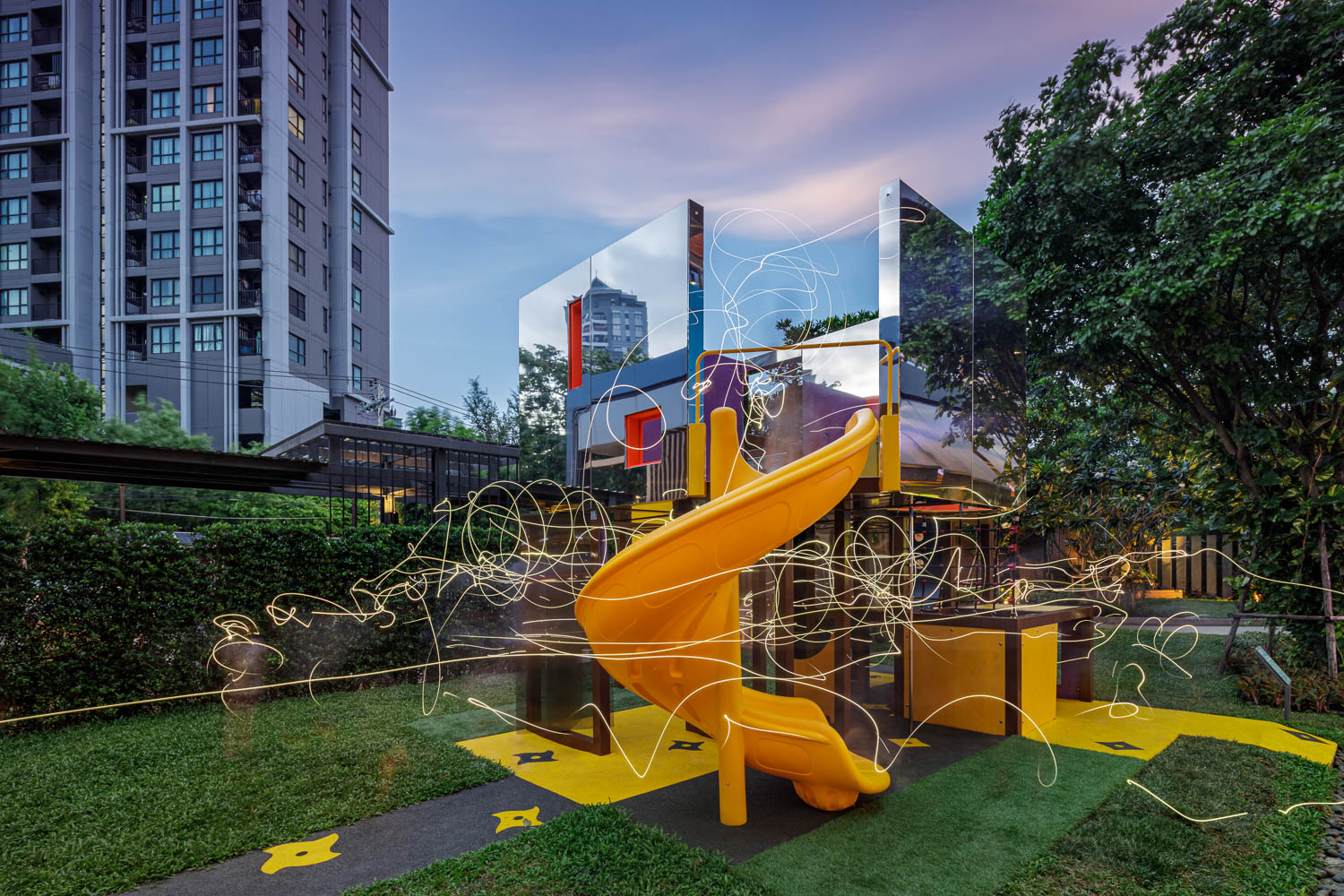
Ninja House | Photo: SynSpaceStudio
Which stage of the design process do you like the most?
We like the process of planting trees since it represents the culmination of hardscape and softscape efforts. It’s so thrilling to see how everything turns out. Another thing we appreciate about planting trees is that they appear three-dimensional, as opposed to rendering trees in one dimension. So, when planting trees, we must turn the tree’s face to check which way is most attractive, then move the position and aim for the best view from various angles. Working with a large number of individuals in various locations is a lot of fun.
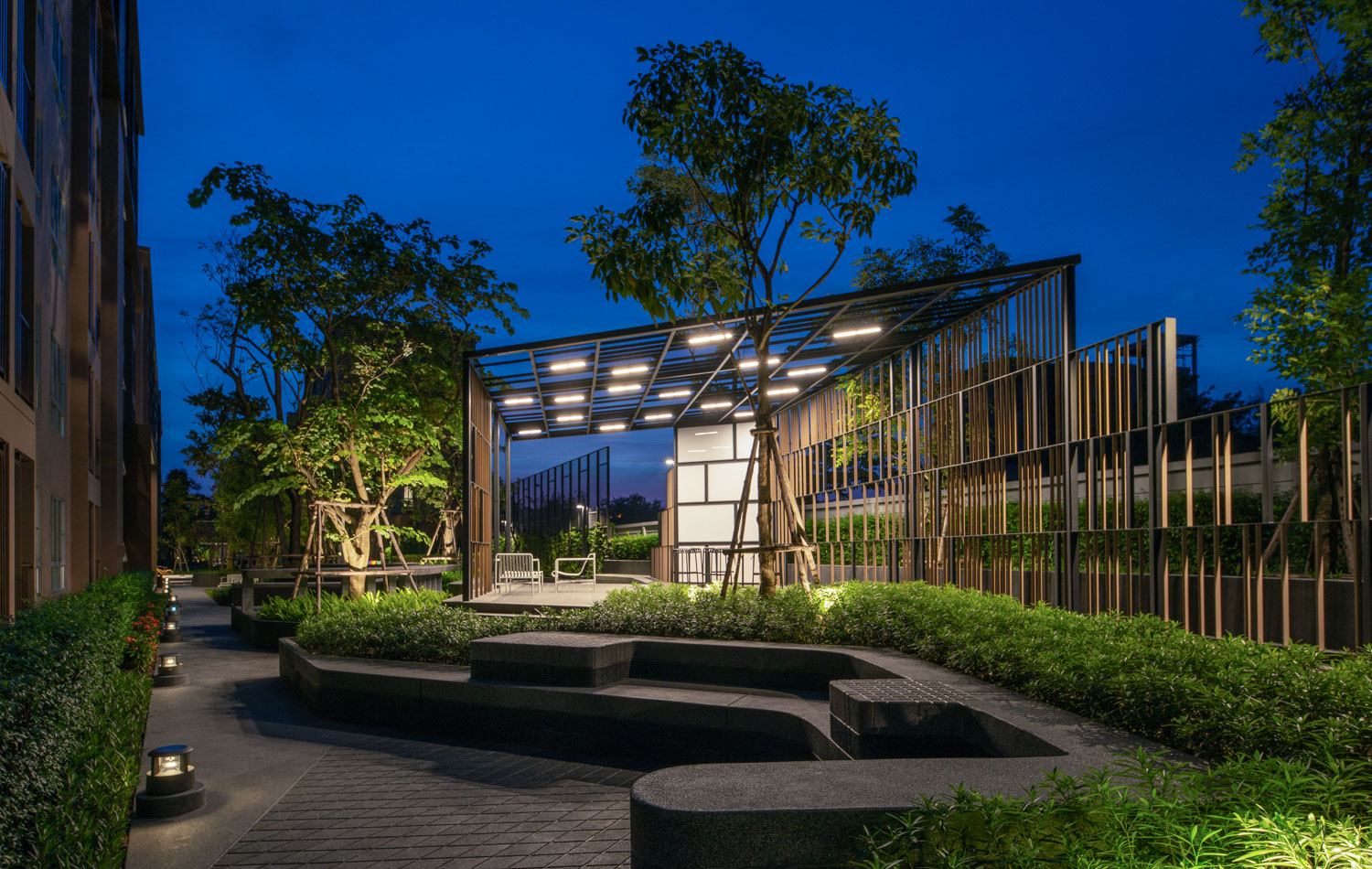
Photo: Panoramic Studio
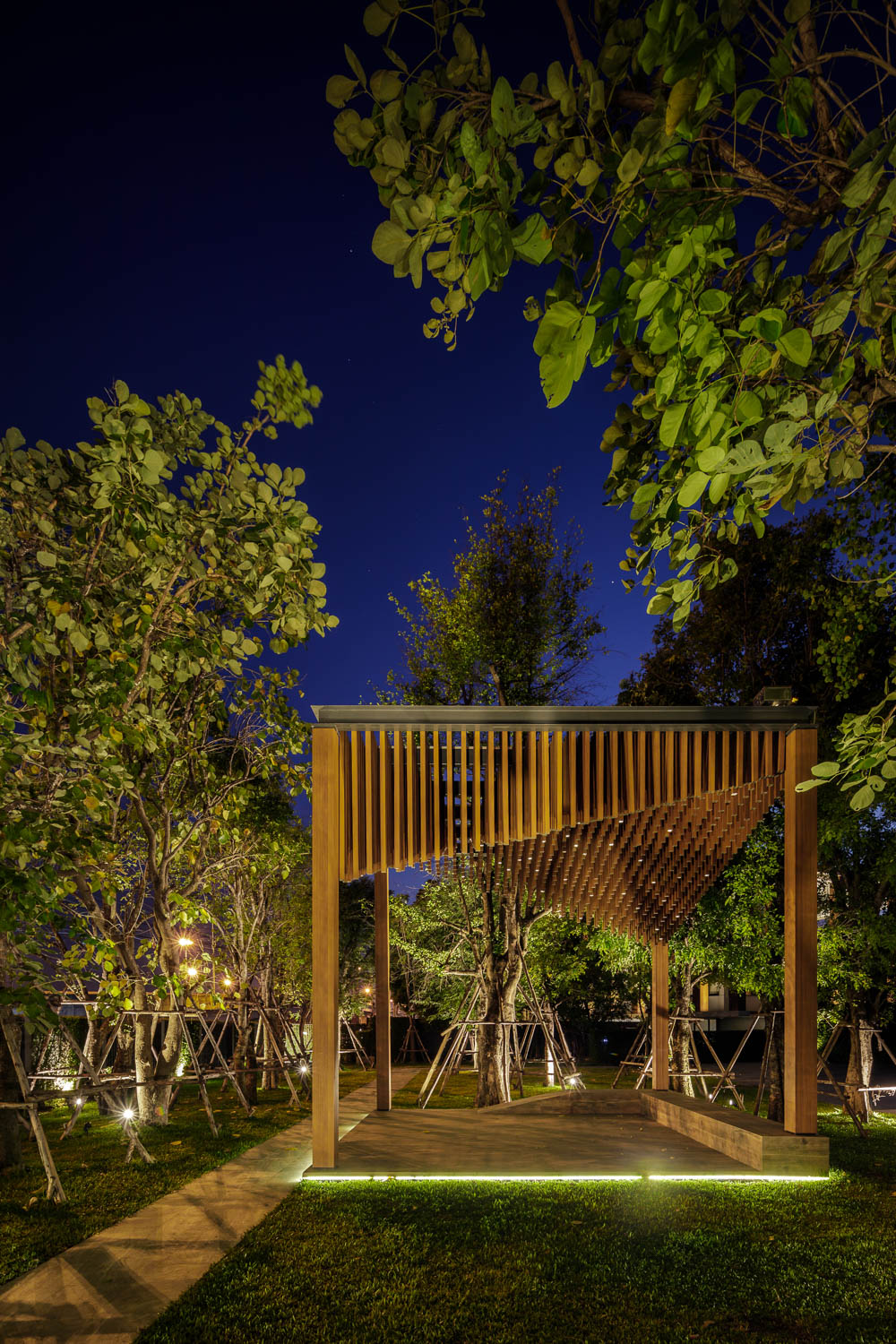
Photo: SynSpaceStudio
If you could invite a ‘creative’ to coffee, who would you invite and why?
Actually, we are thinking of two landscape architecture masters from separate times with very distinct ideas. The first is Professor Saeng-arun Ratkasikorn, who teaches at Chulalongkorn University’s Faculty of Architecture. The other one is Peter Walker, an American great master of landscape architecture.
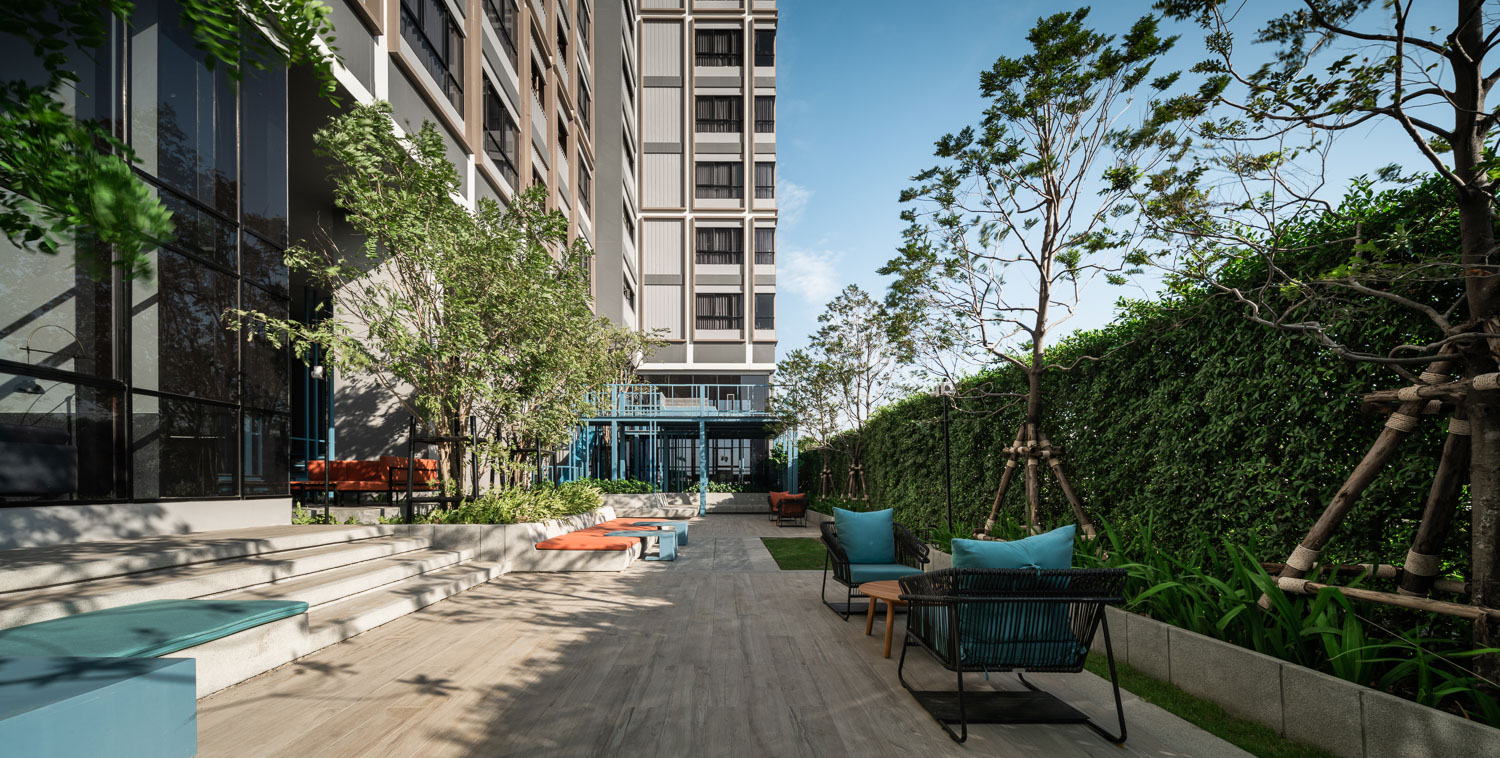
Photo: DOF Sky|Ground
Have you ever studied and been inspired or impressed by the knowledge and skill of your instructor? We felt a certain way when studying architecture at Chulalongkorn University. All of the teachers we were impressed by were Profesor Saeng-arun Ratkasikorn‘s students. However, we did not have the opportunity to study with him because he passed away before we were born and started studying at the faculty. We wondered what type of instructor could teach such a fantastic teacher, so we went immediately to the faculty bookshop and purchased a book called ‘The Light of the Dawn of Architecture’ to read. That book taught us that ‘humans, cities, and architecture cannot exist without nature, no matter what.’ More than 40 years ago, Prof. Saeng-arun was the first person to encourage a love of nature in his students. It’s unfortunate that he passed away. We wish we had the opportunity to study and chat with a wise man like him.
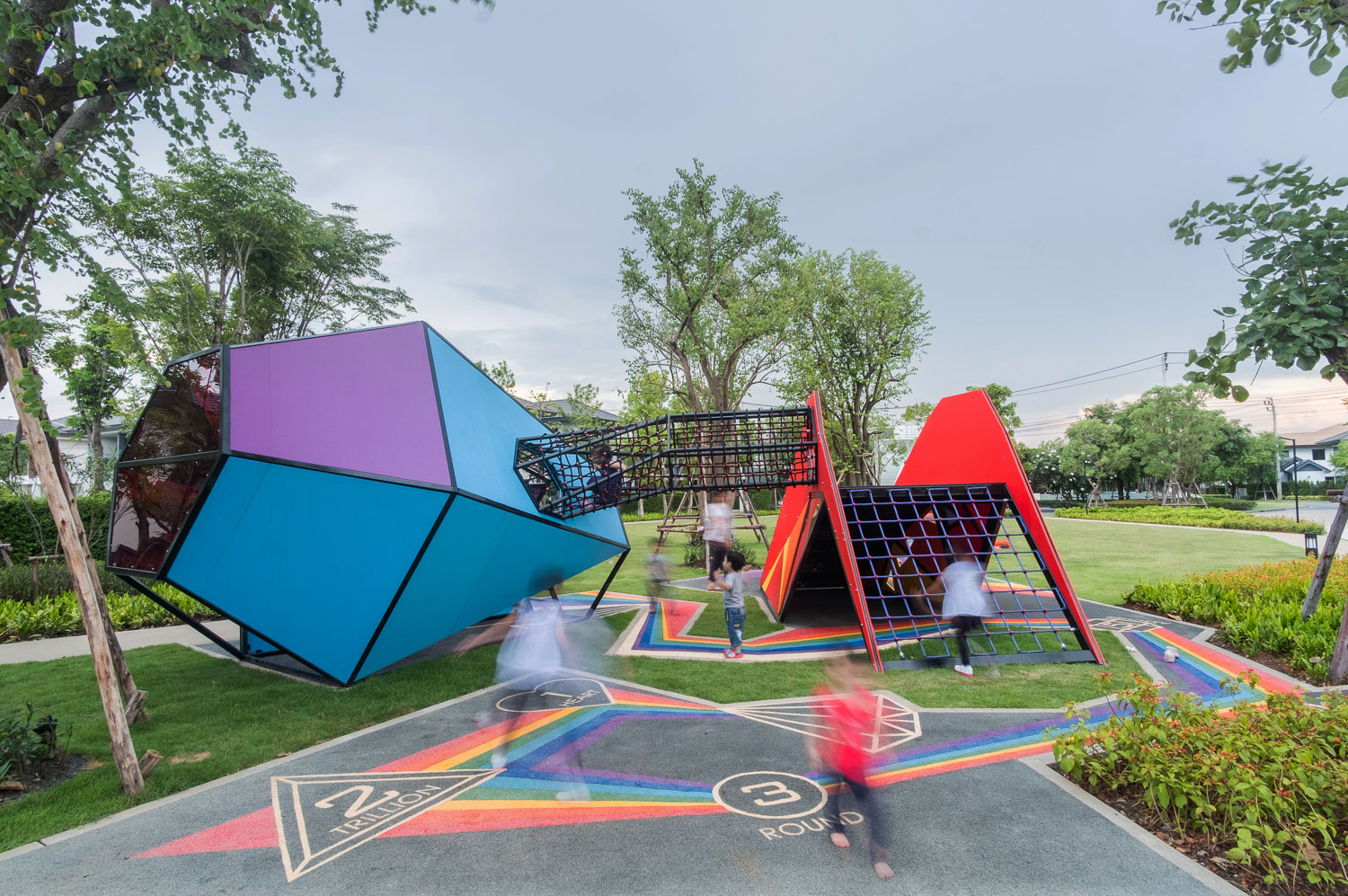
Photo: Metipat Prommomate
Peter Walker is a modern landscape architecture philosopher who greatly influenced our understanding of modernism. In fact, Peter Walker could be considered the father of the modern landscape movement. He was one of the first to employ geometric forms to twist, which eventually became the New Landscape Design Language. He has continued to expand his work up to the present day, which incorporates additional philosophical and spiritual components. For example, the 911 Memorial is more than just designing beautiful space lines and implementing them. To execute things this way, it also requires a profound understanding of the spiritual dimension of the project.
Most importantly, both of them have their own ways of loving and expressing their love for nature, according to the era and time in which they live. Back to the question, which requested us to choose one person, but we could not decide, so we recommended inviting two people to join us in a single group. We believe inviting these two people to sit down and have coffee together would create an insightful, thought-provoking and interesting image.
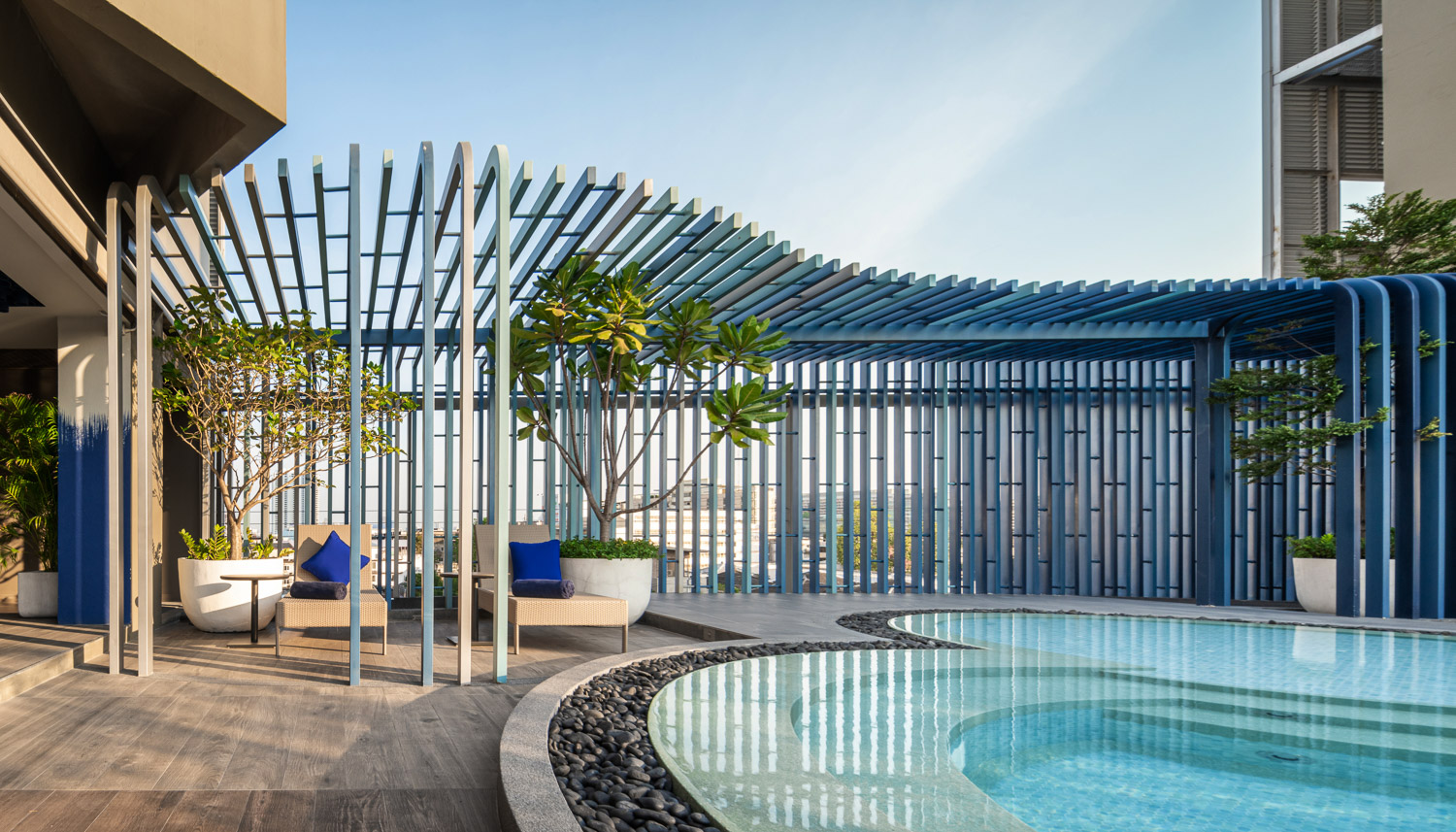
Photo: Metipat Prommomate

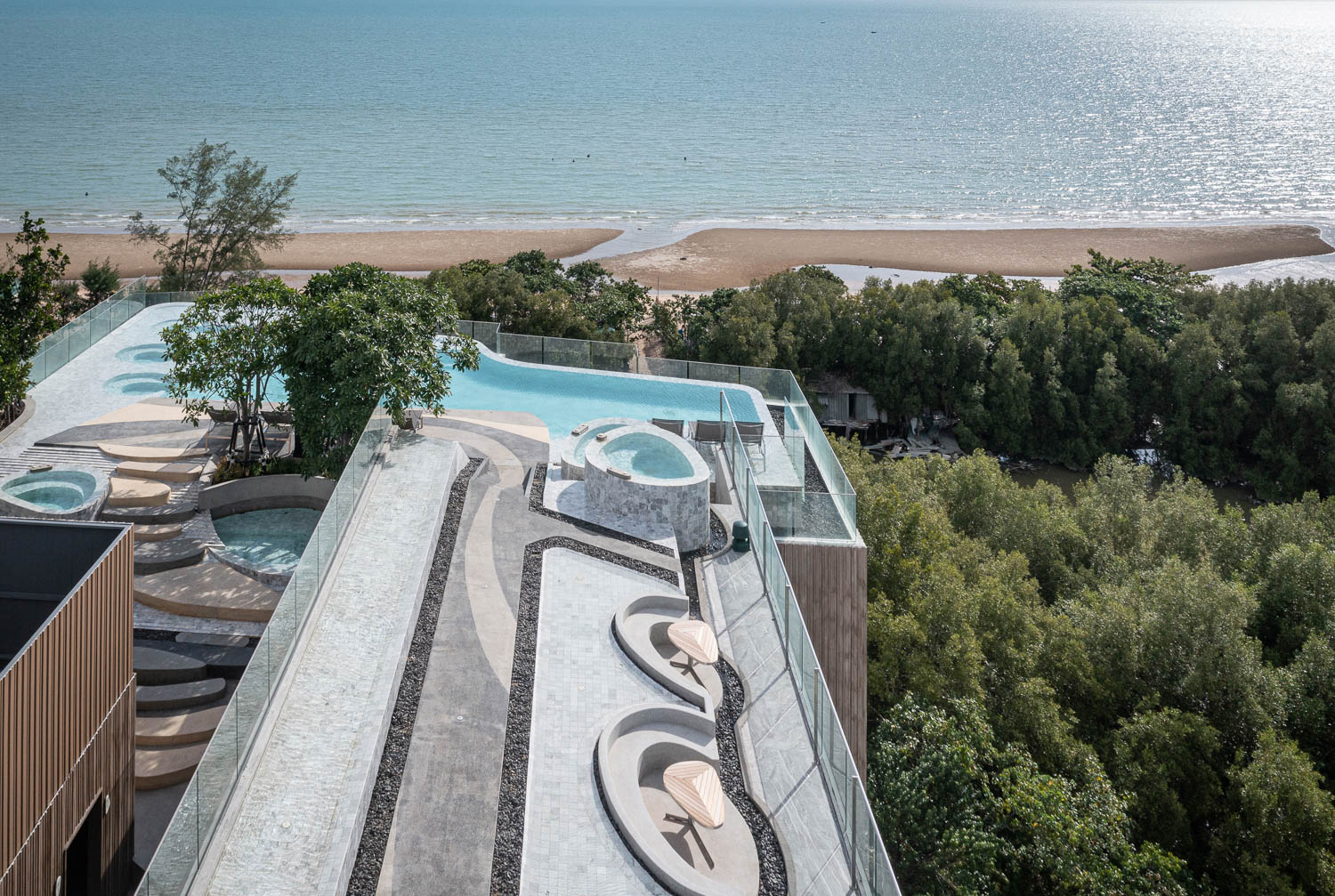 Photo: Rungkit Charoenwat
Photo: Rungkit Charoenwat 

